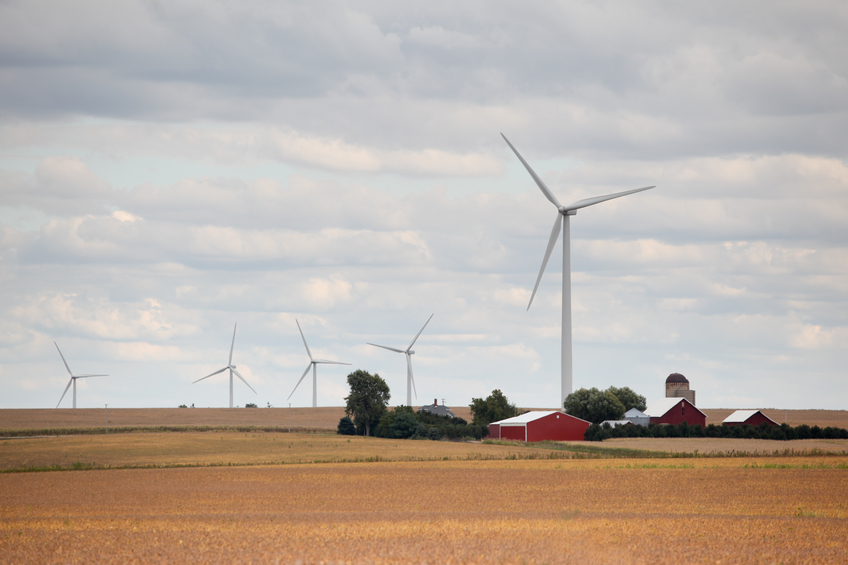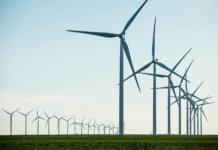| Editor's Note: In 2008, NAW will deliver insightful news and analysis about the integration of renewable resources on the power grid in three Renewable Energy Transmission supplements. Look for the first installment with NAW's April edition. |
BPL Global Ltd., a Pennsylvania-based smart grid technology provider, recently entered an agreement to acquire Rochester, N.Y.-based Connected Energy Corp. (CEC) in a deal BPL Global representatives say will enhance the company's ability to offer electric utilities in North America a broader view of all generation resources on the grid. In the acquisition, BPL Global will gain access to a valuable new sector of the energy information distribution market, while also working to ensure reliable energy delivery from intermittent resources.
Proponents of the migration from traditional grid technologies to a smart grid suggest it is possible to meet highest peak electricity demand and demand spikes through intelligent energy and information distribution.
‘There's an emerging gap in supply and demand of electricity over the next five years,’ says Thorne King, senior vice president of marketing for BPL Global, ‘and new generation that will be built is likely to include a lot of renewable resources.’ According to the American Wind Energy Association's annual market report released in January, wind power alone accounted for about 30% of all power generation capacity installed in the U.S. last year.
‘We feel that by integrating and managing across the types of renewable energy resources, we can reduce the variability of supply of renewable energy and have it delivered in a reliable way to customers,’ says King.
As a software provider with a smart grid focus, BPL Global wants to provide utilities with more information rather than more data.
‘Utilities have enough data today,’ says Mark Rupnik, senior vice president and general manager of North American operations for BPL Global. ‘We need to convert that data into meaningful information that lets utilities take action based on the result of the information.’ In the acquisition, BPL Global will subsume CEC's software and hardware solutions, which aggregate various distributed energy resources, such as wind or solar power, to offer users a real-time, Internet-based platform for viewing and managing energy assets remotely.
‘We can take disparate pieces of equipment and make them communicate in a uniform way, and aggregate them together so that they can be controlled and managed as a single entity,’ says Chris Campbell, president of CEC.
The demand management solutions offered by CEC include a flexible connectivity device, called Century web communication controller (CENTURYwcc), that is installed at the wind generation site level and provides a two-way interface to an array of site-level loads and control systems.
‘The CENTURYwcc can speak multiple communication protocols, which means it can interface to the site level's data systems and convert data to a highly standardized communication protocol,’ says Campbell. Data from the site level can be transmitted to a data center, where it can be aggregated with multiple remote facilities in real time.
{OPENADS=zone=11}’At the data-center level,’ says Campbell, ‘data can be combined with other data sources – whether price or grid communication information – and then it's available to users through a standard browser interface to the platform.’
Campbell notes also that either a utility or an energy facility operator can initiate the platform installation.
‘An independent wind producer can manage and use the system end to end,’ says Campbell, ‘and the only touch point with the utility might be grid communication signals.’
CEC's platform allows the Long Island Power Authority, for example, to interface with small wind generation assets, but the solution is applicable to wind farms of any size. This year, CEC will be working with a large wind farm on intelligent software applications that would maximize the amount of power that can be delivered from a wind farm to the grid. The applications, Campbell says, would optimize transmission through analysis of site-level variables, such as transmission line loading versus total line capacity.
BPL Global's acquisition of CEC repositions the company's initial focus on residential demand control to include similar commercial and industrial solutions.
‘CEC provides more than just a capacity shed, which is exactly what BPL Global already does in the residential space,’ says Rupnick. ‘We don't just shed load, we validate the load so that when we do shed load and reduce demand, we can quantify and validate exactly how much load we shed.’ This process, he adds, increases the value of that load in the market.
The acquisition also fulfills part of BPL Global's strategy to improve its offerings to utilities so that utilities, in turn, can improve their service reliability to end users.
BPL Global's aim, says Rupnick, is ‘to bring distributed sources of energy – renewables, storage or demand response – together to a central view for the utility so they can understand exactly what they have on their distribution grid in the form of supply or demand reduction.’



